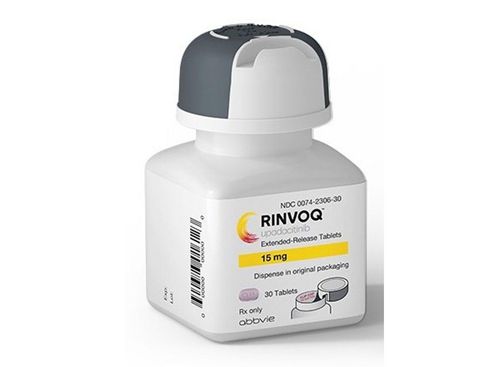This is an automatically translated article.
Gluten is an extremely common ingredient, present in many different foods and treats. So what is gluten, why is it so popular, and what foods contain gluten in its ingredients?
1. What is gluten?
Gluten is the main protein found in wheat and many different grains. In essence, gluten is a large collection of hundreds of separate, interrelated proteins, the most important of which are gliadin and glutenin. The main protein present in rye is secalin, in barley (barley) is hordein, and in oats (oats) are avenins, all of which are collectively referred to as gluten.
Most generally, the proteins gliadin and glutenin are considered representative of the plant proteins that are insoluble in water, but can be extracted with hydrated ethanol and are characterized by high concentrations of glutamine (38%) and proline (20%) remaining.
Gluten proteins can be classified into subgroups based on various factors, including sulfur composition, molecular weight, and further breakdown into alpha, beta, and gamma , and omega (α, β, γ, and ω) gliadin based on differences in basic structure. In addition, each protein in the gluten group is bonded by the strength of covalent and other forces, which combine with the basic structure and interactions of the proteins to form unique properties that owned gluten.
Trắc nghiệm dành riêng cho người mắc đái tháo đường: Chế độ ăn của bạn đã hợp lý chưa?
Người bị bệnh đái tháo đường cần phải quan tâm nhiều hơn đến cách tính toán khẩu phần ăn sao cho phù hợp với nhu cầu và tình trạng sức khỏe. Nếu chưa rõ, bạn có thể tìm hiểu kỹ hơn thông qua bài trắc nghiệm ngắn sau đây.2. Why is gluten a common ingredient in foods and foods?
Wheat is one of the world's largest grown, harvested, consumed and commercially traded grains. In the composition of wheat, protein accounts for 8% to 15%, of which albumin or globulin accounts for only 10% to 15%, and gluten accounts for 85% to 90% (which are mainly two proteins gliadin and glutenin). ). Wheat varieties and cereals related to wheat have different protein compositions, both in the composition as well as in the proportions of the proteins belonging to the gluten group. Bread and products such as pasta, cakes, cakes, cookies, ... are mostly made from wheat flour, so the ingredients will contain gluten.
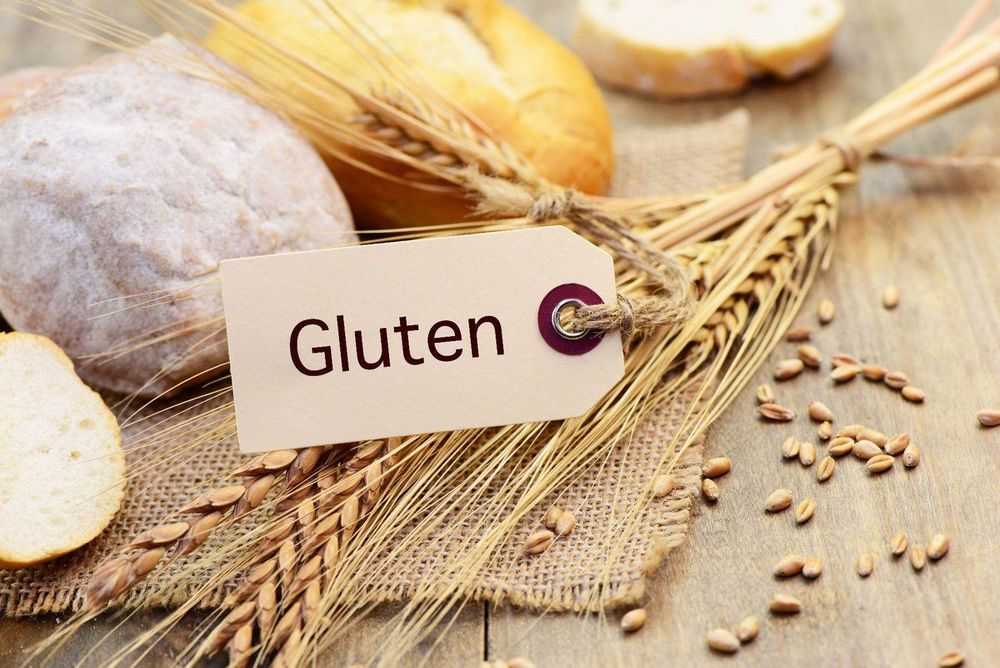
Gluten là loại protein chính có trong lúa mì
Gluten is heat stable and has the ability to act as a binding or filling factor, thickening factor, coloring factor, flavoring factor, therefore gluten is commonly used as an additive in the processing industry to enhance the color, flavor, and appearance of products (such as in candies, jams, ice cream, butter, spices, fillings, marinades, sauces, sauces, meats, etc.) processed meat, salty imitation meat,... and also in certain drugs and pharmaceuticals).
3. Why should we care if the products used contain gluten or not?
Some people may not be suitable to use gluten-containing products, such as patients with celiac disease, non-celiac gluten sensitivity, gluten ataxia,... Gliadin contains peptide sequences is highly resistant to gastric, pancreatic and intestinal proteolytic factors in the human gastrointestinal system. Gliadin is difficult to digest because amino acids, proline, glutamine (which cannot be broken down by many different proteolytic enzymes) account for a high proportion of its composition; and it is the strong and tight structure produced by the high density of proline that is responsible for the initiation of the adverse immune responses encountered in celiac disease.
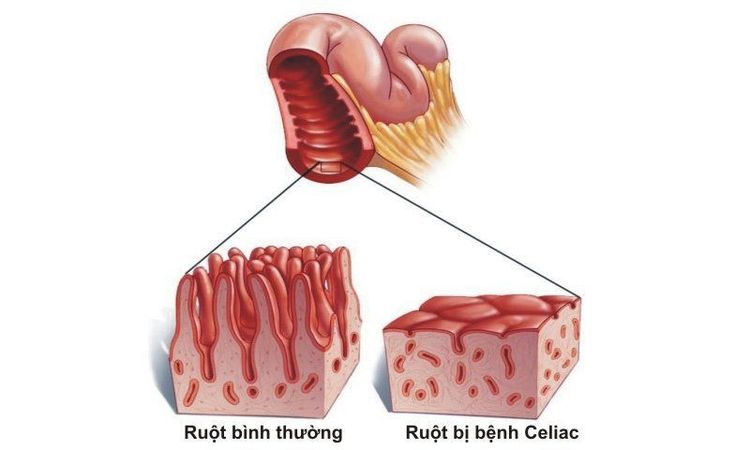
Bệnh celiac (không dung nạp gluten)
4. What foods and treats contain gluten?
As mentioned above, gluten is the main protein component of wheat as well as cereals related to wheat, and gluten is also widely present in food products with many different roles:Used as a filling in candies, ice cream, butter, seasoning, stuffing, marinades, dipping sauces, sauces, etc. candy, ... and in some pharmaceutical products. Use in processed meat products, reconstituted seafood, and savory vegan meats (this is a group of products few people think they contain gluten). Besides, gluten is also extracted from wheat or modified to be used for many different purposes, such as strengthening the topology in industrial bakery products, or increasing the protein content of foods. flour products,...
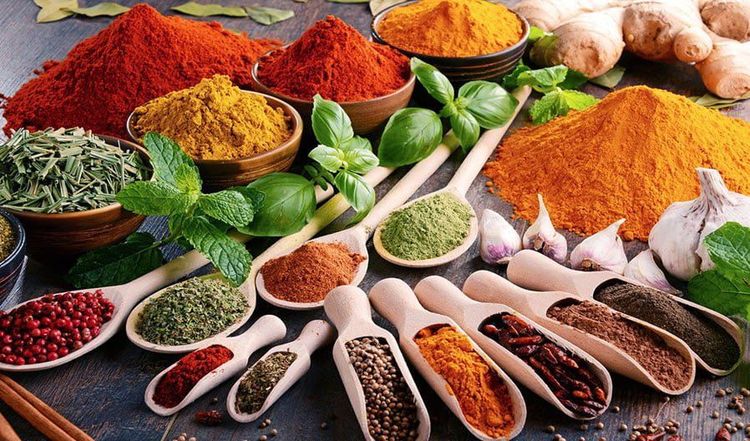
Gluten có mặt trong gia vị
Thus, gluten-containing foods and foods are many and popular, including:
Wheat, barley, rye, rye (wheat has many different varieties, for example, containing gluten, for example. like durum, einkorn, emmer, kamut, spelt,...). Corn, rice, and quinoa, but the gluten in these products doesn't seem to have the same reaction as the gluten found in wheat, barley, rye, and rye. Beers (beer, ale, porter, stout) because they often contain barley. Bread. Bulgur wheat. Types of cakes. Types of candies. Synthetic cereals. Communion wafer. Various types of biscuits and savory cakes. Crouton pies. French fries. Types of sauces. Types of meat, seafood vegetarian imitation salty. Malt, malt flavor and other malt products. Unleavened bread (matzo). Pasta. Sausages and processed meats. Sauces for salads. Mixed snacks. Soups, broths or mixed soups.
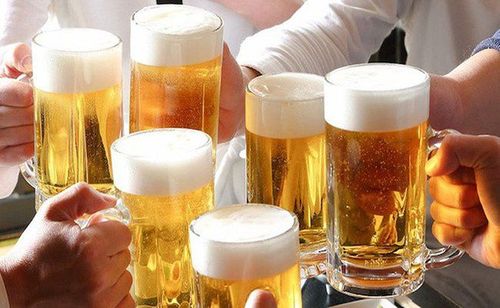
Các loại bia có chứa gluten bên trong
The simplest way to know which products contain gluten is to carefully read the ingredients listed on the label, and reading the product label is an indispensable action for those who are following the diet gluten-free.
References: mayoclinic.org and webmd.com
MORE:
What is Celiac Disease (Gluten Intolerance)? Symptoms and causes Learn about the gluten-free diet Notes in treatment, eating when you have Celiac disease (Gluten intolerance)








